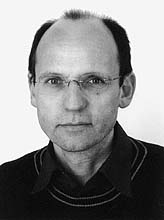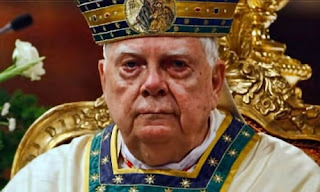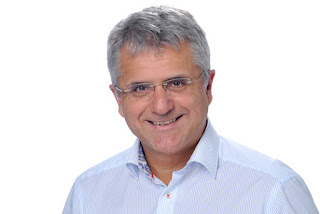The Peruvian years of Pope Leo XIV
The Years in Peru of Robert Prevost, the New American Pope, Naturalized Peruvian
In 1985, three years after being ordained an Augustinian priest, Robert Prevost arrived in Chulucanas, north of Lima, from the United States. It was his first mission in Peru. He became bishop of Chiclayo, a Diocese he greeted in Spanish in his inaugural address. In 2015, he obtained Peruvian citizenship.
Why it matters. The election of a new pope in the fourth ballot of the conclave to choose Francis's successor showed that the cardinals reached a rapid consensus—at least 89 of the 133 votes cast in seclusion in the Sistine Chapel—on the second day of voting to choose the new head of the Roman Catholic Church, which has 1.4 billion faithful worldwide.
At 1:13 p.m. in Chile, Cardinal Deacon Dominique Mamberti appeared on the balcony of St. Peter's Basilica and announced that the new pope would be Cardinal Robert Prevost. The 69-year-old prefect of the dicastery for bishops took the name Leo XIV.
He was an American priest who obtained Peruvian nationality in 2015, the year he was appointed bishop of Chiclayo, a position he held until January 2023, when he became head of the dicastery for bishops. In his inaugural address this Thursday, he greeted the diocese in good Spanish.
The election was interpreted as a double message for the Americas: one for the American Church, where Prevost's Augustinian and ecological missionary profile is opposed to the policies of President Donald Trump (who even joked about wanting to be pope), and the other for Latin America, as he was the second pope with Latin American nationality after Jorge Bergoglio, who was Argentine.
His years in Peru. In 1985, three years after being ordained an Augustinian priest, Robert Prevost—born in Chicago—arrived in Chulucanas, in the Piura region, north of Lima. It was his first mission in Peru. He served as chancellor of the Territorial Prelature of Chulucanas from 1985 to 1986.
After a brief return to the United States as a vocations promoter, he returned to Peru to lead the formation of young Augustinians in Trujillo. He also served as judicial vicar, seminary professor, and parish priest.
In 2014, Pope Francis appointed him apostolic administrator of the Diocese of Chiclayo. A year later, he was appointed bishop and obtained Peruvian citizenship.
In 2018, he became second Vice President of the Peruvian Episcopal Conference, addressing the abuse crisis of the Sodalicio de Vida Cristiana (Sodalicio of Christian Life), later dissolved by Francis.
He was accused of covering up for two priests from Chiclayo. La Vanguardia reported that the accusations were unfounded, citing journalist Pedro Salinas, who investigated the Sodalicios case.
Cathcon: The last sentence is important- denying the material already published on this blog.










.jpeg)

Comments